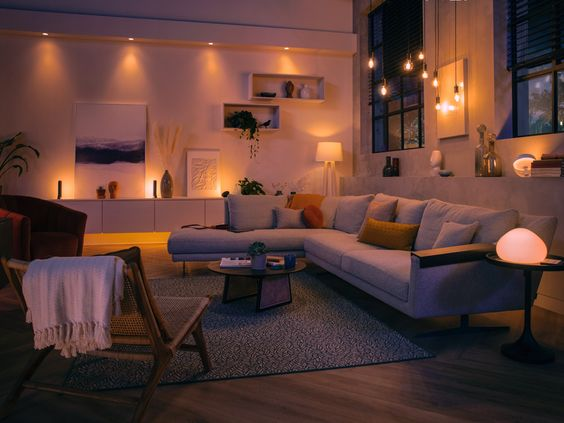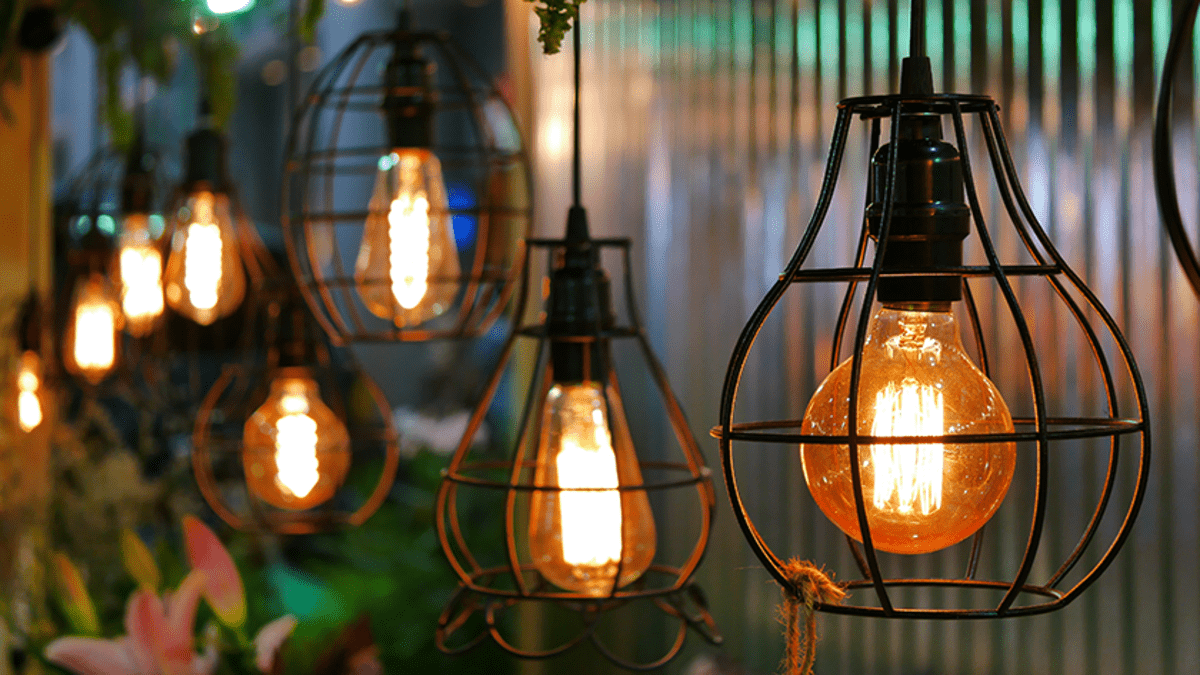When it comes to interior design, lighting often takes a backseat to more visible elements like furniture and color schemes. However, the significance of lighting in interior design cannot be underestimated. Lighting not only enhances the aesthetics of a space but also influences our mood, productivity, and overall well-being. In this comprehensive guide, we will delve into the importance of lighting in interior design and how you can use it effectively to transform your living spaces.
Understanding the Basics
Step 1: Recognize the Different Types of Lighting
Before we delve into the importance of lighting in interior design, it’s crucial to understand the various types of lighting:

1. Ambient Lighting: This provides overall illumination to a space, ensuring it is well-lit and comfortable to move around in. It’s often achieved through ceiling-mounted fixtures like chandeliers or recessed lights.
2. Task Lighting: Task lighting is focused and provides light for specific activities, such as reading, cooking, or working. Examples include desk lamps, pendant lights over a kitchen island, or under-cabinet lighting in a kitchen.
3. Accent Lighting: This type of lighting adds drama and highlights specific areas or objects, like artwork, sculptures, or architectural features. It can be achieved through wall-mounted fixtures, track lighting, or spotlights.
4. Natural Lighting: Sunlight, when harnessed correctly, can be a powerful source of illumination and can significantly impact the mood and atmosphere of a room.
Step 2: Consider the Psychological Effects of Lighting
Lighting can have a profound impact on our emotions and well-being. Here’s how:

– Mood Enhancement: Proper lighting can uplift your mood and create a positive atmosphere. Bright, warm lighting in communal areas like living rooms can foster a sense of warmth and sociability.
– Productivity Boost: In workspaces, well-designed lighting can increase productivity and focus. Bright, white light is ideal for offices and study areas.
– Relaxation and Rest: In bedrooms and relaxation spaces, softer, warmer lighting promotes relaxation and better sleep.
The Importance of Lighting in Interior Design
Step 1: Enhancing Aesthetics

1. Highlighting Architectural Features: Lighting can draw attention to architectural details like arches, columns, or exposed beams, enhancing the overall design of a space.
2. Creating Visual Interest: Using a combination of ambient, task, and accent lighting, you can create layers of light that add depth and interest to your rooms.
3. Color Play: The color temperature of light can affect the perception of colors in a room. Cool white light can make a space feel crisp and modern, while warm light can create a cozy, inviting atmosphere.
Step 2: Improving Functionality
1. Task Illumination: Proper task lighting in kitchens, home offices, and reading nooks improves functionality and reduces eye strain.
2. Safety: Well-lit hallways, stairs, and outdoor areas enhance safety by reducing the risk of accidents.
Step 3: Setting the Mood

1. Dimmers and Smart Lighting: Installing dimmer switches and smart lighting systems allows you to adjust the lighting to suit different moods and occasions, from romantic dinners to lively parties.
2. Candlelight Effect: Soft, dimmed lighting can create a romantic and intimate ambiance, making it ideal for dining rooms and bedrooms.
Step 4: Maximizing Natural Light
1. Daylighting: Incorporating natural light through large windows, skylights, and strategically placed mirrors not only reduces energy consumption but also connects the indoors with the outdoors, promoting a sense of well-being.
2. Window Treatments: Choosing the right window coverings can control the amount of natural light entering a room, allowing for flexibility and privacy.
Practical Tips for Effective Lighting
Step 1: Plan Your Lighting Design

1. Layered Lighting: Use a combination of ambient, task, and accent lighting to create a balanced and versatile lighting scheme.
2. Lighting Zones: Divide your space into zones and consider the specific lighting needs of each area.
Step 2: Choose the Right Fixtures
1. Style and Functionality: Select fixtures that not only complement your interior design but also fulfill their intended purpose.
2. Energy Efficiency: Opt for energy-efficient LED bulbs and fixtures to reduce electricity costs and environmental impact.
Step 3: Experiment and Adjust

1. Try Before You Buy: Experiment with different lighting options, including bulb types and color temperatures, before making a final decision.
2. Dimmers and Timers: Install dimmer switches and timers to have control over the intensity and timing of your lighting.






